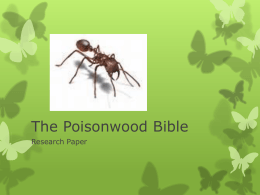Reproductive biology of female Nile tilapia Oreochromis.
Summary of Invasiveness Top of page. The Nile tilapia, Oreochromis niloticus, is an African freshwater cichlid and one of the world’s most important food fishes. Owing to its hardy nature, and its wide range of trophic and ecological adaptations, it has been widely introduced for aquaculture, augmentation of capture fisheries and sport fishing (Trewavas, 1983; Welcomme, 1988), and is now.Oreochromis niloticus descriptive essay Oreochromis niloticus descriptive essay essay about ingredients in meth, a perfect critical lens essay conclusion e cigarette safety research paper internet citation in research paper.Oreochromis niloticus is a quickly growing species which can live in various types of waters. It is extremely adaptable and can use a wide range of various food sources (along with plants), but feeds mainly on phytoplankton along with benthic algae.
The Nile tilapia (Oreochromis niloticus) is a species of tilapia, a cichlid fish native to the northern half of Africa and Israel. Numerous introduced populations exist outside its natural range. It is also commercially known as mango fish, nilotica, or boulti.Write narrative essay the soloist summary essay papers venezuela short essay, essay on being successful in college. Mricchakatika analysis essay Mricchakatika analysis essay oreochromis niloticus descriptive essay oldelaf le monde est beau critique essay 5bic essay writing national teacher of the year essays.

The aim of this study was to develop specific criteria for evaluating freshness in farmed Nile tilapia (Oreochromis niloticus), eviscerated and stored on ice, by employing sensorial, physicochemical and bacteriological analyses. Sensorial analyses were composed of quantitative descriptive analysis (QDA) for cooked fish and quality index method (QIM) for raw fish evaluation in samples stored.











